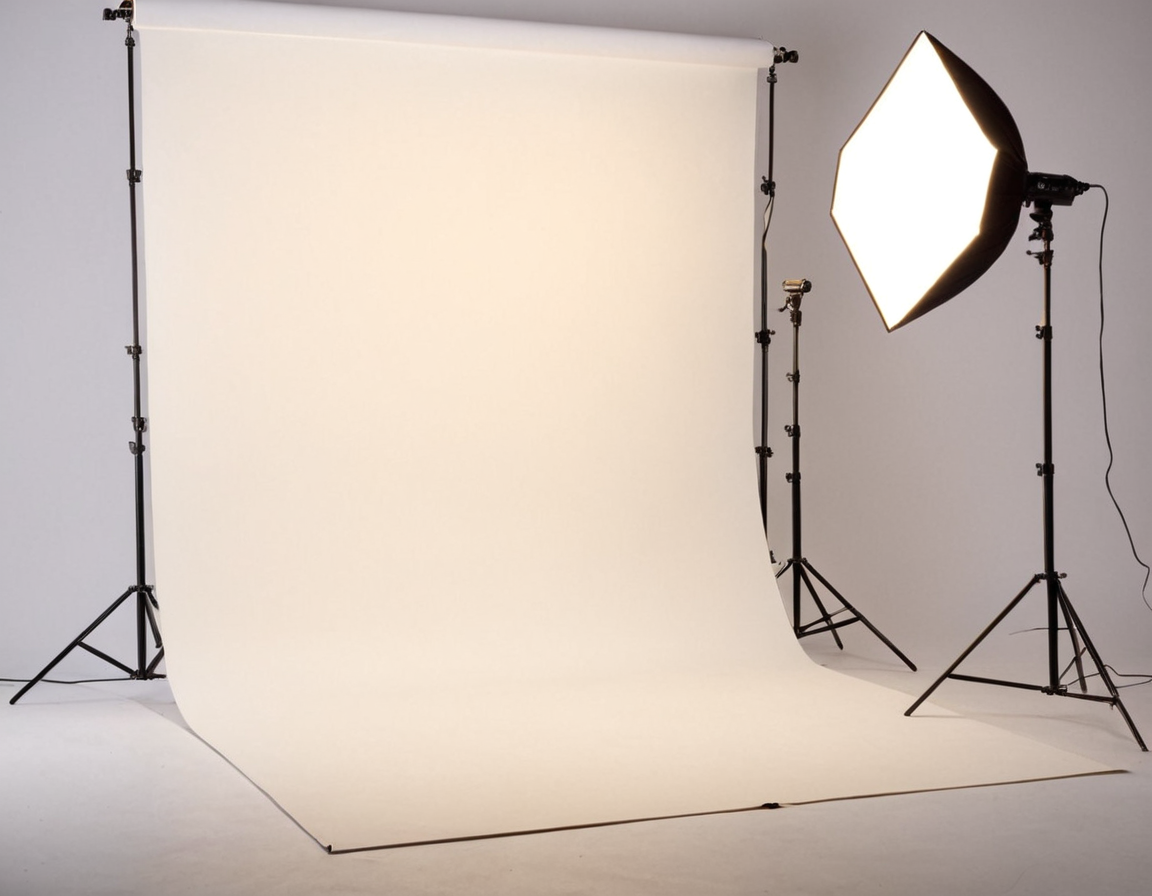Must-Follow Product Photography Tips in BigCommerce

The Art of Product Photography: Expert Tips for Captivating Your Audience
In today’s digital landscape, product photography plays a crucial role in e-commerce and marketing strategies. A well-crafted product image can significantly impact customer engagement, conversion rates, and ultimately, your bottom line. However, creating visually stunning product images is not just about slapping a camera against a product; it requires finesse, creativity, and a deep understanding of the subject matter.
Understanding Your Audience
Before we dive into the nitty-gritty of product photography, it’s essential to consider your target audience. Who are they? What are their pain points? What resonates with them? Understanding your audience will help you create content that speaks directly to them and sets you apart from the competition.
Lighting: The Foundation of Product Photography
Lighting is perhaps one of the most critical aspects of product photography. Natural light, artificial light, or a combination of both – the choice depends on the product, the brand’s aesthetic, and the desired outcome. However, it’s paramount to ensure that your lighting setup is well-balanced and not harsh or unflattering.
- Natural Light: When working with natural light, consider using softboxes, umbrellas, or diffusers to soften the light. This will help reduce harsh shadows and create a more appealing image.
- Artificial Light: For artificial light, invest in high-quality LED lights or strobes that can be adjusted for color temperature and intensity. This will allow you to achieve consistent results across different products and environments.
Composition: The Art of Visual Storytelling
Composition is an art form that requires practice, patience, and attention to detail. When it comes to product photography, the goal is not just to showcase the product but to create a narrative around it. Consider the following:
- Rule of Thirds: Divide your frame into thirds both horizontally and vertically. Place your subject along these lines or at their intersections.
- Leading Lines: Use leading lines to guide the viewer’s eye towards the product. This can be achieved with props, textures, or even the background.
- Symmetry: Utilize symmetry to create a sense of order and balance. However, avoid using it as an excuse for mediocrity.
Editing: The Final Touch
Post-processing is where the magic happens. Editing is not about manipulating reality but rather enhancing the image to make it visually appealing. Familiarize yourself with photo editing software like Adobe Lightroom or Photoshop to achieve professional-grade results.
- Color Grading: Adjust the color palette to match your brand’s aesthetic. This will help create a cohesive look across all your marketing materials.
- Noise Reduction: Remove noise and imperfections that can detract from the image’s overall quality.
- Sharpening: Apply subtle sharpening to enhance texture and detail.
Conclusion: The Power of Product Photography
Product photography is an art form that requires dedication, creativity, and a deep understanding of your audience. By mastering the basics – lighting, composition, and editing – you’ll be well on your way to creating captivating product images that drive results. Remember, it’s not just about selling products; it’s about telling a story that resonates with your target audience.
What’s next? Will you take the leap and invest in product photography services or develop your in-house capabilities? Share your thoughts in the comments below!
Tags
product-photography-tips best-ecommerce-images engaging-content visual-marketing customer-engagement
About Isabella Anderson
As a seasoned photographer and educator, I help creatives unlock their full potential on lentecreativa.com. With 3+ yrs of experience teaching photography techniques & tips, I've worked with top brands to develop innovative tools for photographers. Let's chase those shots!
